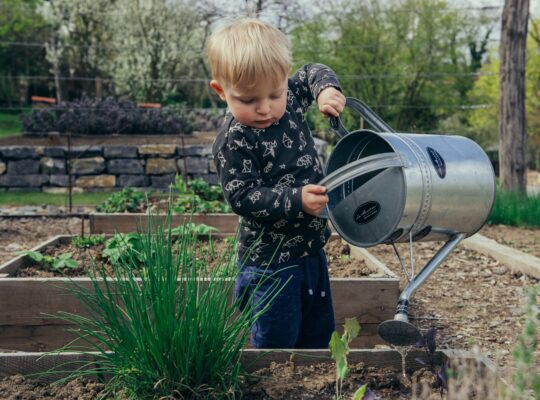Gardening is a great way to get your hands dirty, learn about plants, and have some fun! In this article, we’ll show you how to plant seeds, grow plants, and care for them. We’ll also give you tips on choosing the right plants for your garden, and tell you about some of the fun things you can do with them! So come on over to our garden and get started!
What is a Plant?
Plants are an essential part of any garden or landscape. Learn about the different types of plants, how to plant them, and how to care for them.
How do Plants Reproduce?
Plants reproduce through a process called pollination. Pollinators are insects, birds or bats that help transfer pollen from the male organ of one flower to the female organ of another. This process helps produce fruit, seeds and new plants.
How to Plant a Seed
When it comes to gardening, planting a seed is the first step. In this article, we’ll teach you how to plant a seed, grow and care for your plants.
First, choose the right seed. You’ll need to consider the type of plant you’re trying to grow, its needs and location. There are many types of seeds available at stores or online, so take your time and find the right one for your project.
Once you’ve chosen your seed, wash it off well with water. Make sure all dirt and debris is removed before adding it to your garden soil. Soil should be at a good moisture level for planting; if not, wait until it is before planting your seeds.
Next, spread out your soil mixture on top of a flat surface in a sunny spot. Make sure there’s enough room between each seed and the edge of the pot or container they’re going in; they shouldn’t be touching each other or the sides of their containers. Sprinkle some additional soil over everything until it’s evenly moistened (but not soggy).
Press down firmly on each seed with your fingers or a flat object until it’s firmly planted in the soil. Watering can wait until after plants have germinated; begin watering them when they first show signs of growth (usually around week three). Don’t over water — keep an eye on plants throughout their growing process!
How to Grow a Plant
If you’re new to gardening, or just looking to up your plant game, there are a few things you should know before getting started. First and foremost, plants need sunlight – without it they won’t grow. Secondly, water them regularly and give them a good fertilization schedule – too much or too little water can stunt their growth. Finally, be sure to monitor their conditions regularly; if something looks amiss with your plants, don’t hesitate to get help from a professional. Here’s how to get started:
1. Choose the right plant: Before planting anything into your garden, make sure to select the right type of plant for the area you plan on planting it in. You don’t want something that will take over an entire plot of land – choose something that will fit in nicely with the surrounding environment.
2. Prep the soil: Once you’ve chosen your plant and prepared the soil around it according to its specific needs (see Step 1), it’s time to add some organic matter to the mix! This will help improve drainage and promote healthy root growth, both of which are essential for successful gardening. Add compost, aged manure or other types of organic matter until you have a decent amount covering the top 6-8 inches of soil. Keep in mind that heavier soils will need more than lighter soils do; start with 3/4 cups per 100 square feet and adjust as needed.
3. Plant! Now that everything is prepped
Care for a Plant
If you’re looking to add some greenery to your home, planting a succulent is a great option. Succulents are easy to care for and require little water or fertilizer. Here’s everything you need to know about caring for a succulent:
1. Choose the right succulent for your climate and environment.
There are many types of succulents, so choose the one that will best suit your climate and environment. For example, cactuslike succulents like Agave require lots of light but can handle dry soil, while epiphytes like orchids need plenty of moisture but can tolerate less light.
2. Give your succulent some sun and shade.
Succulents need sunlight but can also handle partial shade. If you live in an area with harsh winters, protect your succulent by growing it in a container with soil that can be covered when not in use.
3. Feed your succulent with diluted fertilizer every week during the growing season (or once a month if they don’t grow very fast).
Watering succulents is not as important as feeding them since they get their moisture from the air. If their soil feels dry, give them a slight watering before putting them back in their containers.









